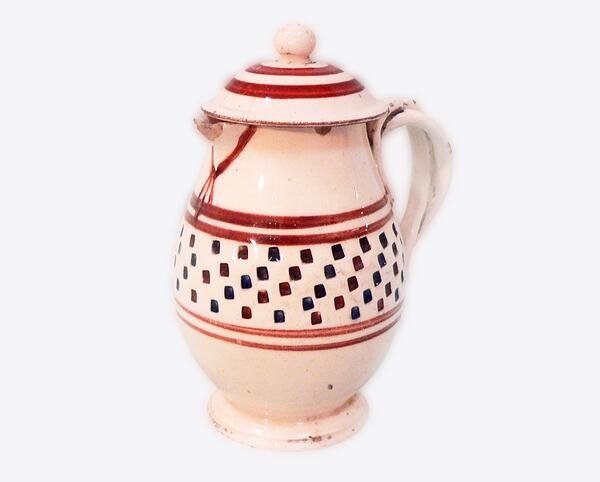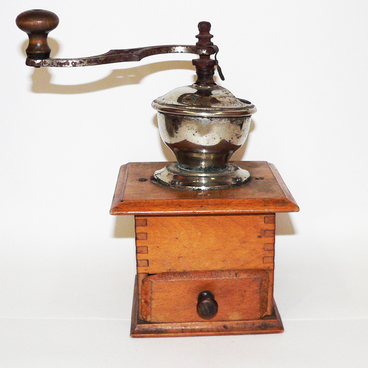Specialized vessels for serving milk have existed for at least several millennia. Studies of samples of ancient dishes led to the conclusion that the inhabitants of the British Isles have been drinking milk for six thousand years. Experts came to this conclusion after examining the fragments of vessels found in more than a dozen settlements of the first farmers and pastoralists using spectrometry, gas chromatography and isotope analysis.
Previously, it was mistakenly believed that at such an early stage in the development of mankind, livestock was raised only for meat and skins, and people were estimated to have consumed milk starting much later. Moreover, it is possible to establish that the distant ancestors used dishes much like a modern milk jug exclusively for storing milk and for nothing else. In the Middle East, the ban on the use of the same dishes for meat and dairy products is reflected in the religious norms of Judaism. Such customs have a practical meaning — the use of special vessels for milk protected it from premature spoilage.
Modern milk jugs appeared in Britain when the British began adding milk and sugar to tea in the 1720s. The appearance of milk jugs lagged behind other elements of the tea set - they became widespread only in the 1740s. Then, creamers of silver on three legs (a design with one leg was in demand until 1730 and returned after 1760) became popular as gifts. Sets consisting of a teapot, sugar bowl, and milk jug made in the same style spread during the time of King George III, although some examples were occasionally found before. Nowadays, a milk jug is almost always included in modern tea sets.



